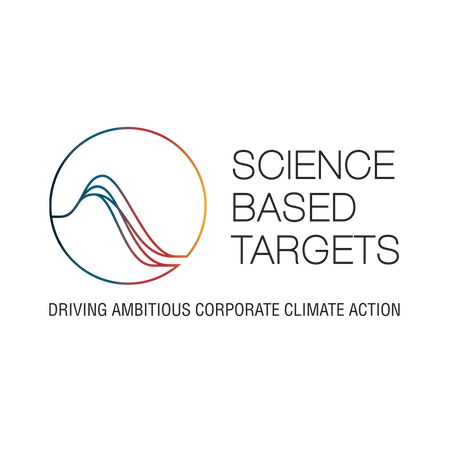Our Carbon Targets

Our Targets
The latest climate science shows it is still possible to limit global temperature rise to 1.5ºC but to do this requires rapid and deep emissions cuts on a global level in order to reach net-zero before 2050.


The latest climate science shows it is still possible to limit global temperature rise to 1.5ºC but to do this requires rapid and deep emissions cuts on a global level in order to reach net-zero before 2050.
